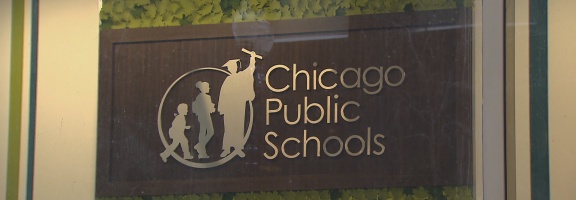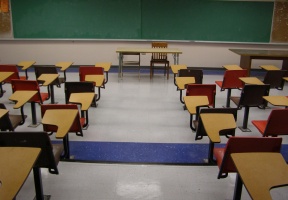

CPS is investing $3.1 billion in school-level funding for the 2018-19 school year, an increase of more than $60 million compared to the current school year. Next school year, communities throughout Chicago will benefit from new investments in high quality academics like International Baccalaureate and STEM (Science, Technology, Engineering and Math) programs; additional resources for at-risk students; and new postsecondary counselors to help prepare students for success after high school graduation. In the 2018-19 school year, CPS is increasing the Student Based Budgeting (SBB) rate by 2.5 percent to support academic programming and higher teacher salaries.
Investments in Academic Excellence
• More than 1,800 additional students will have access to proven International Baccalaureate programs, on top of the more than 16,000 students who already receive an IB education in the nation’s largest IB network;
• Nearly 2,100 additional students will be able to engage with the advanced coursework and professional exposure provided through new Early College STEM programs, building on the five current Early College STEM schools that serve over 3,800 students
Support for At-Risk Students
In addition to investing in high quality academics throughout Chicago, school budgets for the 2018-19 school year include funds to support at-risk students and ensure every child in every school has the resources they need to be successful. For the first time, CPS has created a Small Schools Fund for schools with low enrollment, some of which have experienced a sharp enrollment decline in recent years. The district is setting aside $10 million for 129 schools to ensure those students receive a rich academic experience and the schools can continue to retain and attract their students.
Support for Planning and Stability
On top of the $60 million in additional funding, CPS made two key changes to the budgeting process for district-run schools — first announced last month — to make it more reliable and transparent. First, budgets for the new school year are based on each school’s 20th day enrollment during the 2017-18 school year. This means that funding will not be cut in the fall and principals will be able to plan and hire with confidence about the resources that will be available throughout next school year.








